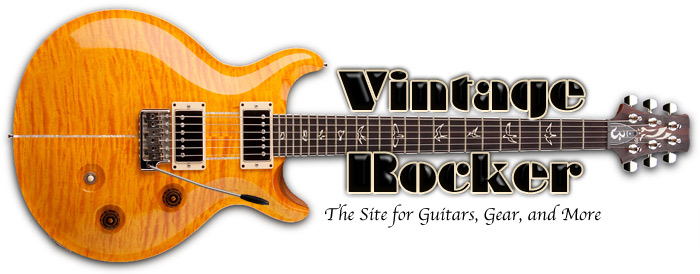Rickenbacker
Serial Numbers 1960 - 1986
The year is the first Letter, The month is the second letter.
Serial Numbers 1986 - 1995
The year is the number after the letter-The letter is the month.
Stromberg
Charles Stromberg and his son Elmer started making guitars in the 1930s. They made a total of approximately 640 instruments. The better quality instruments were made from the middle of the 1940s onward. Elmer Stromberg died in 1955 afew months after his father's death. During the early years the Strombergs used their business cards as labels in the guitars. The telephone number on the card helps to determine when a particular model was made.
